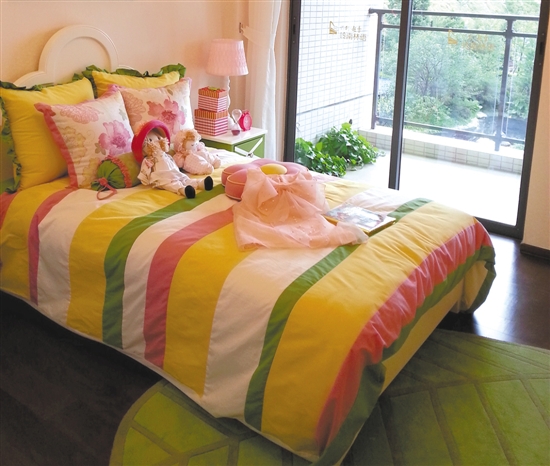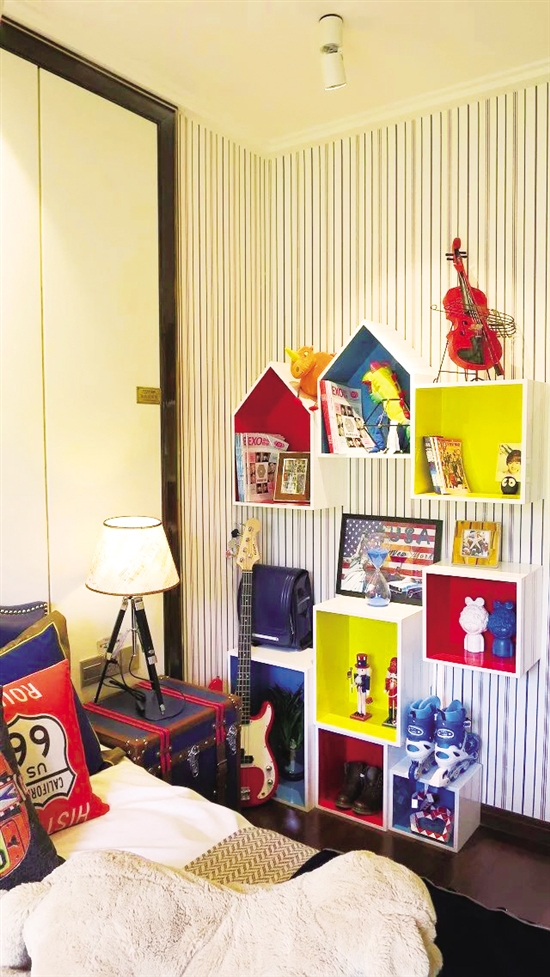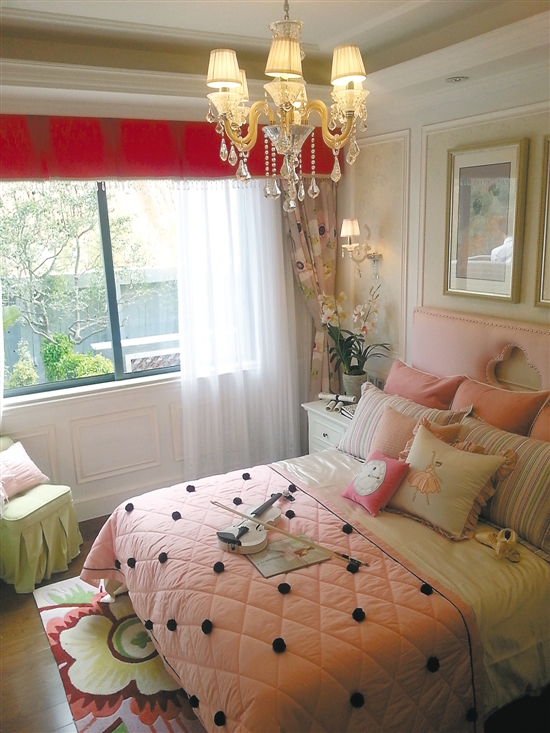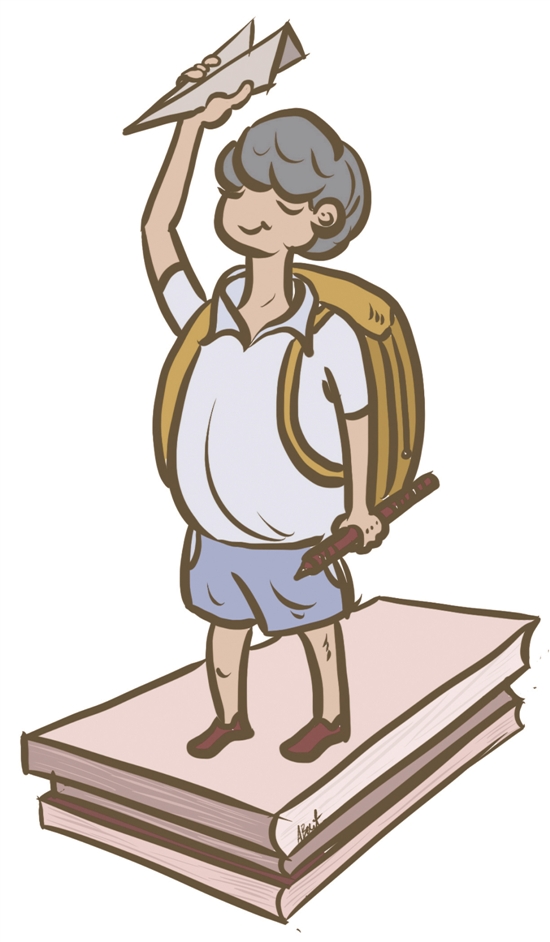How to adjust the lighting in children’s room? Don’t leave out these details

Don’t choose lamps that are easy for children to touch the light bulb.




Text/Figure Yangcheng Evening News reporter Liang Dongxian Intern Zhao Xiaoling (except signature)
In many people’s conventional cognition, it is not good for children’s rooms to be too bright or too dark, especially for study. However, there are some new ideas that may subvert the traditional concepts you used to know.
Author of Building a Growing Children’s Room from scratch — — Xu Xiao, a cross-border designer, said that even on cloudy days, the outdoor illumination is 10,000 lumens (lumens are the illumination unit), and people do not feel any discomfort when reading outdoors on cloudy days; However, indoor lighting rarely exceeds the same illuminance. Therefore, as long as the lighting is not direct to the eyes, there is basically no problem of over-lighting in children’s rooms, and it will not cause vision problems. Is this view correct?
School is about to start. What should you pay attention to when you are ready to rearrange the lighting in the children’s room?
Children’s myopia,
The main reason is not the light!
Is Xu Xiao’s point of view correct? Yangcheng Evening News reporter interviewed Sun Keqing, deputy chief physician of the Department of Ophthalmology, the First Affiliated Hospital of Guangzhou Medical University. She said that Xu Xiao’s views are basically correct. Because as long as it is not direct vision or specular reflection, indoor routine reading lighting can rarely reach the level of damaging vision, so it is no harm to light it up.
If myopia is not related to too bright light, what is the main cause of myopia among teenagers?
Sun Ke Qing said that the main reasons are incorrect writing posture, or too long use of eyes. If you want to reduce the possibility of children’s myopia, it will be very beneficial to ensure a certain amount of outdoor exercise time every day.
Of course, Sun Ke Qing said that improper lighting design can also cause children’s vision problems. For example, the lamp does not have a suitable lampshade or the height design of the lamp is unreasonable, which makes the light directly or reflect to the eyes. In addition, if it is a baby’s room, because the baby’s eyes are not fully mature, so you can’t use too strong and dazzling lights to avoid damaging their eyes. At this time, the lighting design should be as soft as possible.
The light should be bright and soft.
In fact, children’s rooms generally have the functions of studying, playing, resting and storing things at the same time. The overall indoor illumination should be higher than that of adult rooms. At the same time, the light should be soft and avoid glare. In addition, in different areas such as the study area, it is necessary to have corresponding local lighting to facilitate children to read books, do homework and find books.
The overall lighting of children’s rooms can use chandeliers and ceiling lamps to create bright and fantastic lighting effects for the space, while the local lighting can meet different lighting needs with wall lamps, table lamps and spotlights. The selected lamps should give children a relaxed and interesting light sense in shape and color, so as to expand their imagination and stimulate their interest in learning.
Sun Keqing suggested that the lamps in children’s study area can choose eye protection lamps. Good eye protection lamp is not easy to strobe, and its brightness and brightness uniformity are ideal, which can reduce eye fatigue and help children protect their eyesight.
These security risks cannot be ignored.
In addition, when installing lamps, we should also pay full attention to safety issues. Children are lively and active by nature, full of strong curiosity about things, especially young children, but they lack the necessary awareness of self-protection. Therefore, if the lamps are installed in children’s rooms, especially in infants’ rooms, care should be taken not to expose the power cord as much as possible, so as to avoid the unreasonable children playing with the wires as toys, thus causing the danger of electric shock.
In addition, if the child is still very young, don’t choose lamps that are easy for the child to touch the light bulb, because many lamps will also heat up when they shine, and adults think that the negligible temperature is likely to burn the child’s tender skin. Therefore, when arranging the nursery, it is best to choose a lamp with a closed lampshade, or add a protective cover to the light bulb. In addition, movable lamps such as floor lamps and desk lamps should also be avoided in preschool children’s rooms to minimize the risk of electric shock.
Illustration of this edition/Fan Yinglan